LibreOffice for Windows
- Free
- In English
- V 7.4.2
- (4752)
Security Status
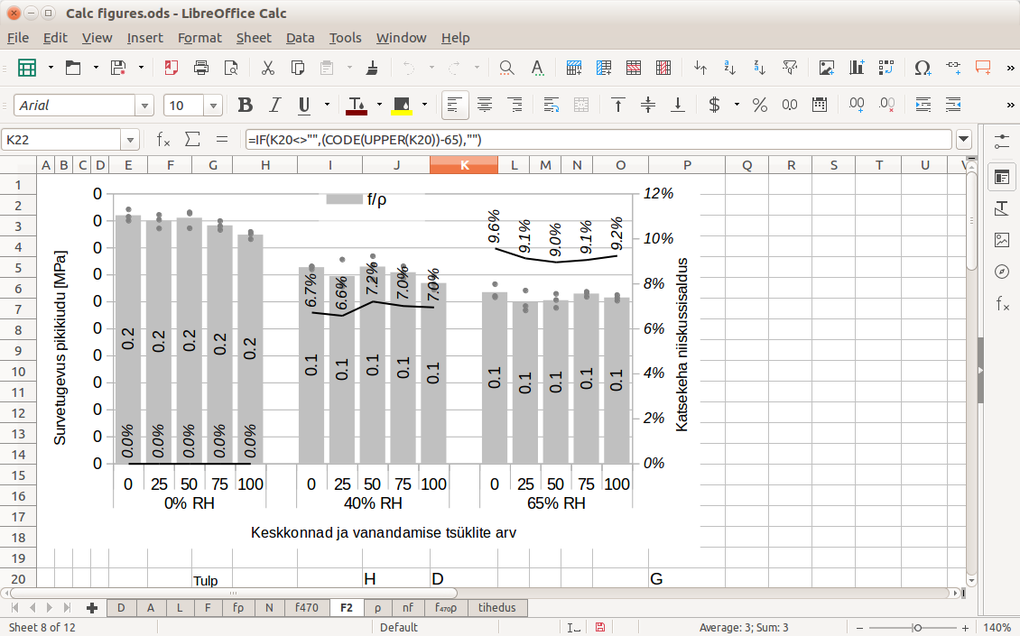
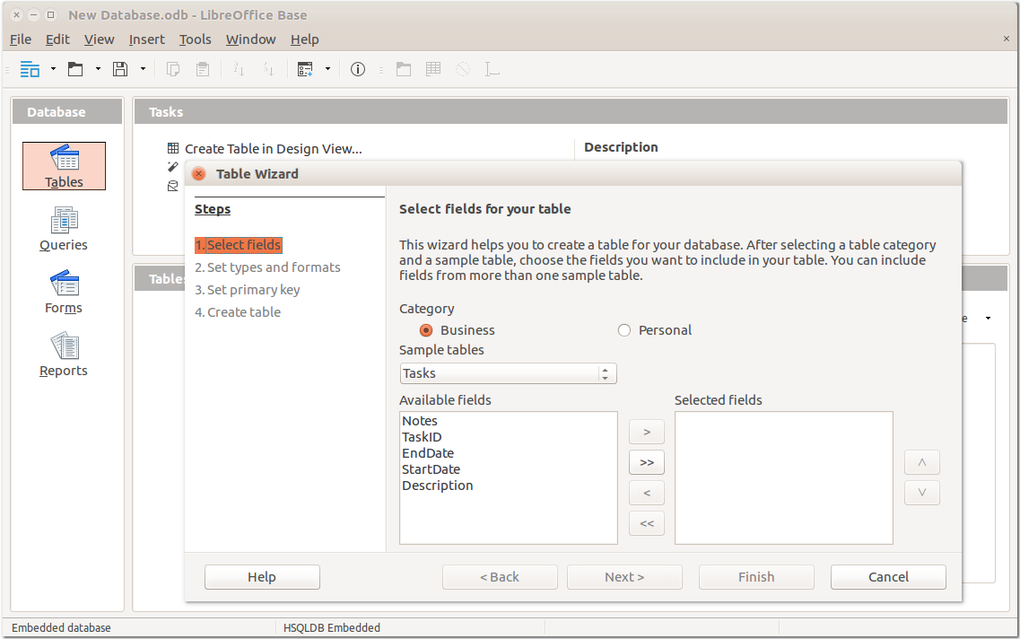

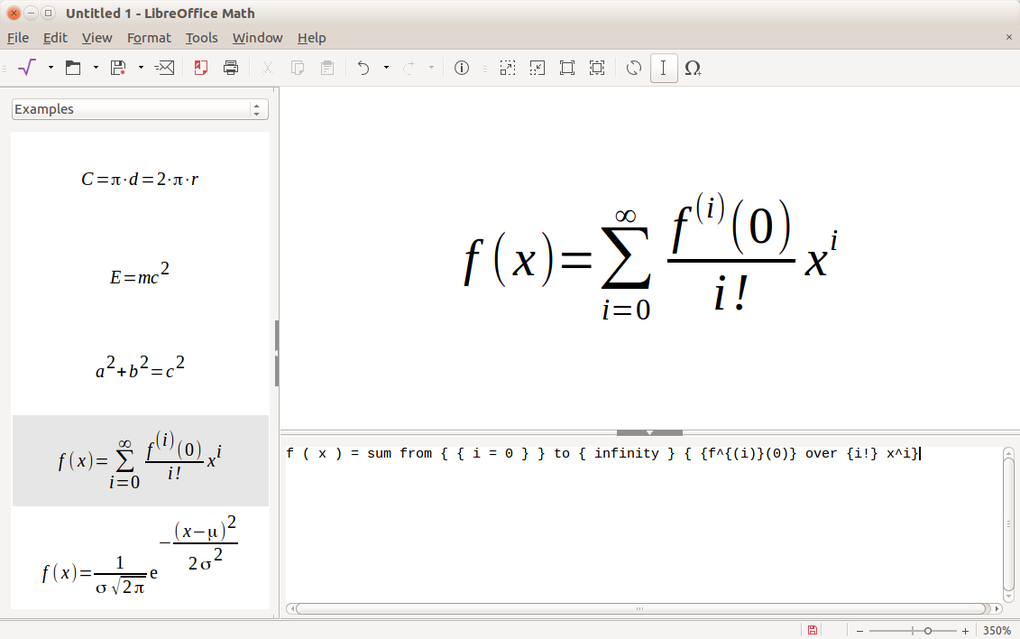
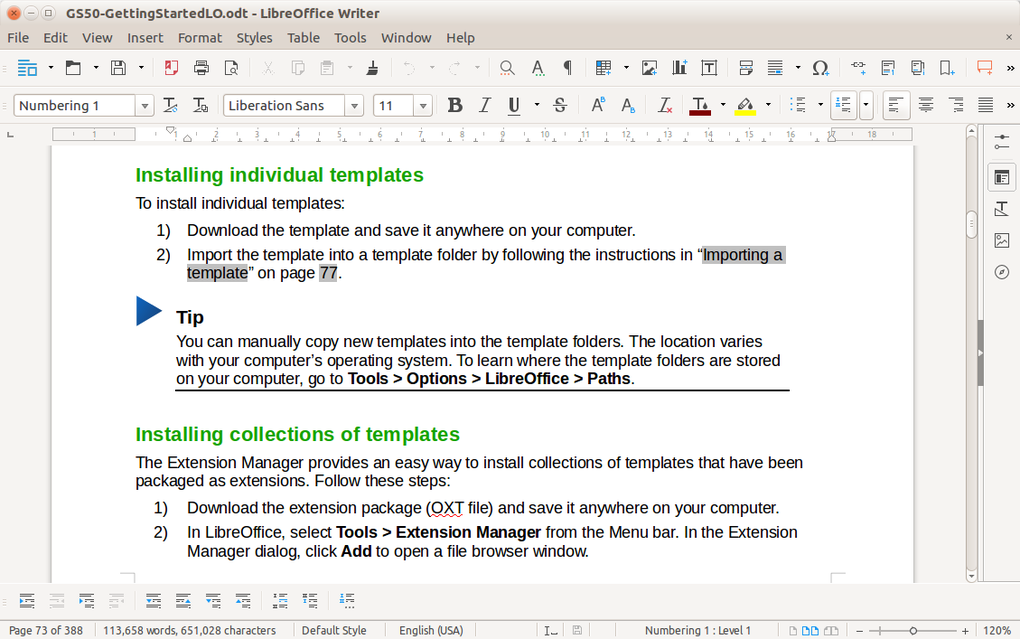
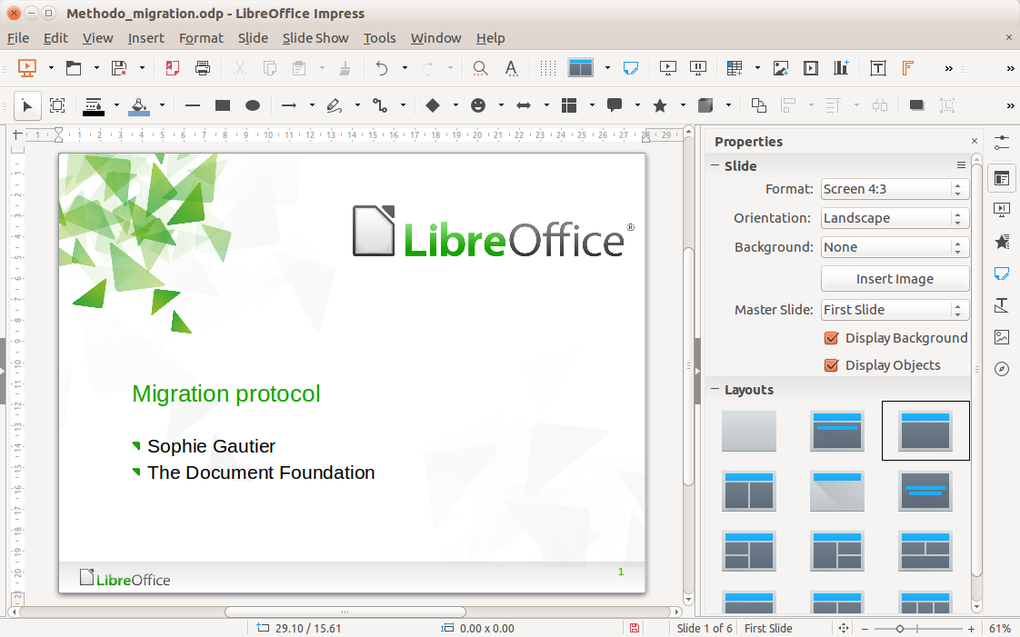
A free open-source office suite for PC
LibreOffice is a free office suite for Windows operating systems developed by The Document Foundation. A utilitarian and open-source software, LibreOffice offers a feature-rich, free alternative to Microsoft Office. The suite includes a wide variety of standard tools. Included is software for word processing, spreadsheets, slideshow creation, a vector-drawing program, and even an editor for math formulae.
Originally based on OpenOffice.org, LibreOffice has since risen to the most actively developed OpenOffice.org successor project. As a free and open source software, anybody can make use of this collection of apps. Whether on Windows, macOS, or Linux, LibreOffice has an invaluable suite of programs for presenting and organizing. It can also be used for writing, akin to Google Docs or Microsoft Word documents.
Write, present, organize, and create
Released as an open-source office suite back in 2011, LibreOffice was derived from another productivity suite called OpenOffice, which was, itself, a product of StarOffice. Similar to the goals of both its predecessors, LibreOffice is intended to be a close replica of Office Suite. In many ways, it meets the bar, and in a few ways, it even exceeds it.
For people coming from a background with Microsoft Office 2021 or Microsoft 365 on Windows, this latest version of LibreOffice will be comparably familiar. You can use LibreOffice’s Write app to type documents. It has a user interface and keyboard shortcuts that few could discern from a paid product. You can then elect to export your written files into a wide variety of formats, such as .docx, .xlsx, and .pdf.
All programs under the LibreOffice banner recognize and support practically any file extension available, ensuring your work is readable and sendable over the internet.
- LibreOffice Write is one of several programs that make up the entirety of LibreOffice as a whole.
- LibreOffice Calc is another component of the suite, and serves to emulate the spreadsheet program, Microsoft Excel.
- LibreOffice Impress is the LibreOffice counterpart to PowerPoint.
This compatibility is one of the biggest advantages of using LibreOffice. Issues often arise when revisiting old documents made decades ago, as word processors and spreadsheets obsolete themselves with age and newer versions. If you work in an office, school, or a setting that relies on legacy documents, LibreOffice can be a crucial means of maintaining file integrity.
In another effort of making their product similar to other business and productivity suites, LibreOffice on Windows also utilizes the same keyboard command shortcuts. If you’re uncertain which keystroke is used, it’s likely the same as what you’d use in Microsoft Word or PowerPoint. Alt+equal sign, for example, is the ‘autosum’ function in LibreOffice’s Excel clone, Calc.
As a spreadsheet tool, Calc is one of the programs in the LibreOffice suite that may surpass MS Excel. It’s every bit as intuitive and convenient as Excel, but is clearer when displaying its functions. It makes use of a clearer outline form in general. It also suffers from less lag than Google Spreadsheets and doesn’t require you to be signed in to your Google account to edit.
LibreOffice vs Microsoft Office
For all its good qualities, there are some negative aspects to using LibreOffice as well. Most of these become apparent when it’s compared to Microsoft Office 2021 on Windows. First and foremost, LibreOffice has no collaboration tools or features. This may make it less desirable when choosing a suite to run for a whole company. While its performance is decent, it does overall lag behind Microsoft Office. It can quickly become overtaxed and run slower as a result.
While LibreOffice does support the vast majority of file formats you’ll come across, files imported from other office suites may not migrate correctly. Additionally, when compared, ‘Calc’ and ‘Impress’ do appear to be less polished iterations of Excel and Outlook. Still, if you’re coming from a background in Microsoft Office and want something you can quickly acclimatize to, LibreOffice is a good bet.
A reliable alternative to Microsoft Office
The main audience for LibreOffice is Windows users looking for a free alternative to Microsoft Office. As such, LibreOffice functions accordingly similar. It enables users to choose different visual styles, such as a more traditional row of icons and toolbars. NotebookBar, another tool in the LibreOffice suite, is comparable to the ribbon-style menu of Microsoft Office. This more mirrored approach is an effective way to placate Office users wary of making the transition.
The similarities between the two suites were intentional from the start, and it’s apparent in nearly every aspect of LibreOffice. Microsoft Office users will be able to adjust quickly, as most features in its respective programs are familiar. Those that aren’t are accessible and explained at a glance through the help of hover tips and duplicate iconography.
In Softonic we scan all the files hosted on our platform to assess and avoid any potential harm for your device. Our team performs checks each time a new file is uploaded and periodically reviews files to confirm or update their status. This comprehensive process allows us to set a status for any downloadable file as follows:
- Clean
It’s extremely likely that this software program is clean.
What does this mean?
We have scanned the file and URLs associated with this software program in more than 50 of the world's leading antivirus services; no possible threat has been detected.
- Warning
This software program is potentially malicious or may contain unwanted bundled software.
Why is the software program still available?
Based on our scan system, we have determined that these flags are possibly false positives.
What is a false positive?
It means a benign program is wrongfully flagged as malicious due to an overly broad detection signature or algorithm used in an antivirus program.
- Blocked
It’s highly probable this software program is malicious or contains unwanted bundled software.
Why is this software program no longer available in our Catalog?
Based on our scan system, we have determined that these flags are likely to be real positives.